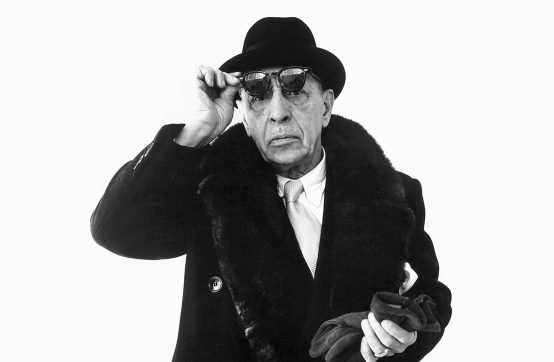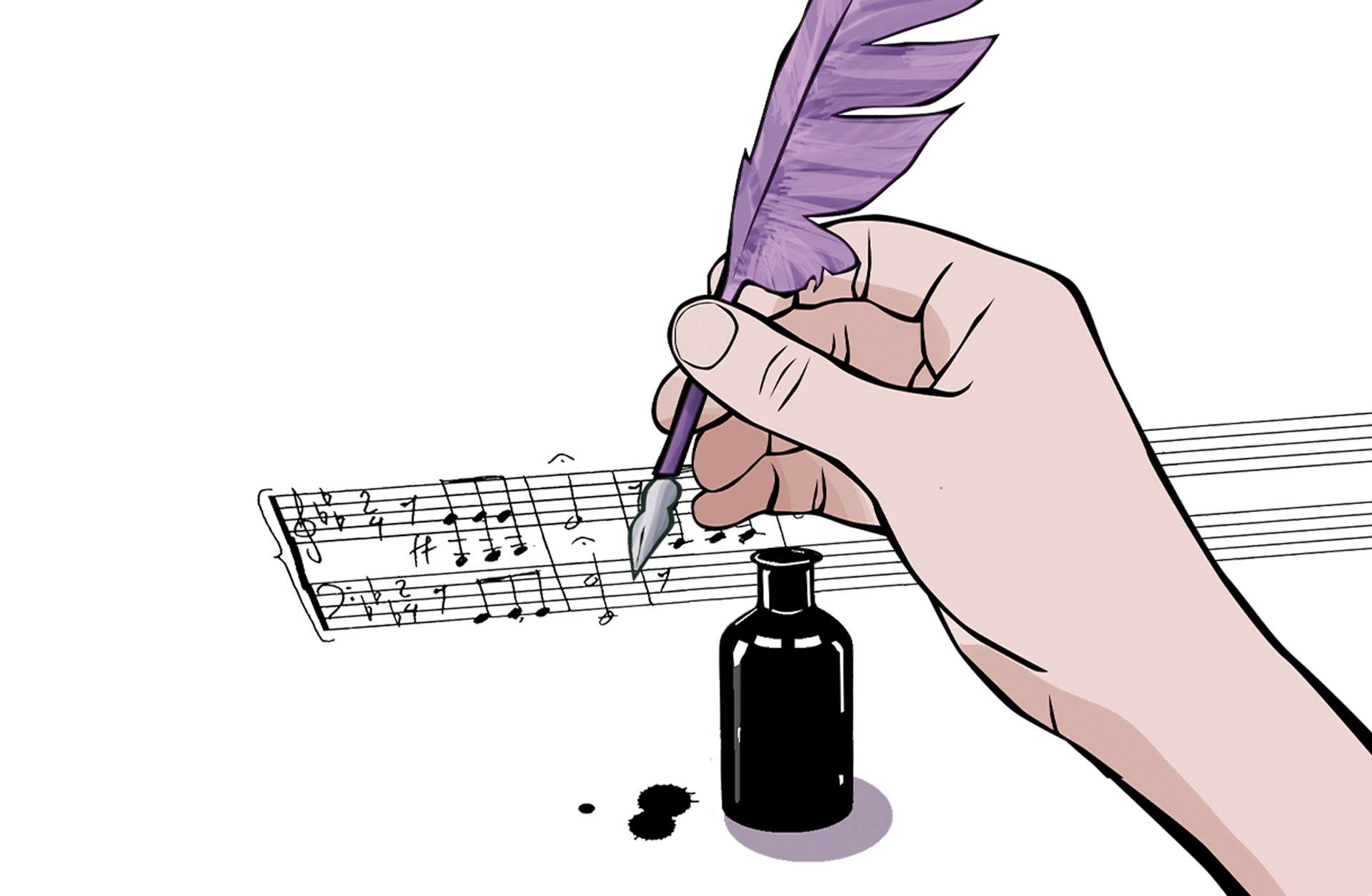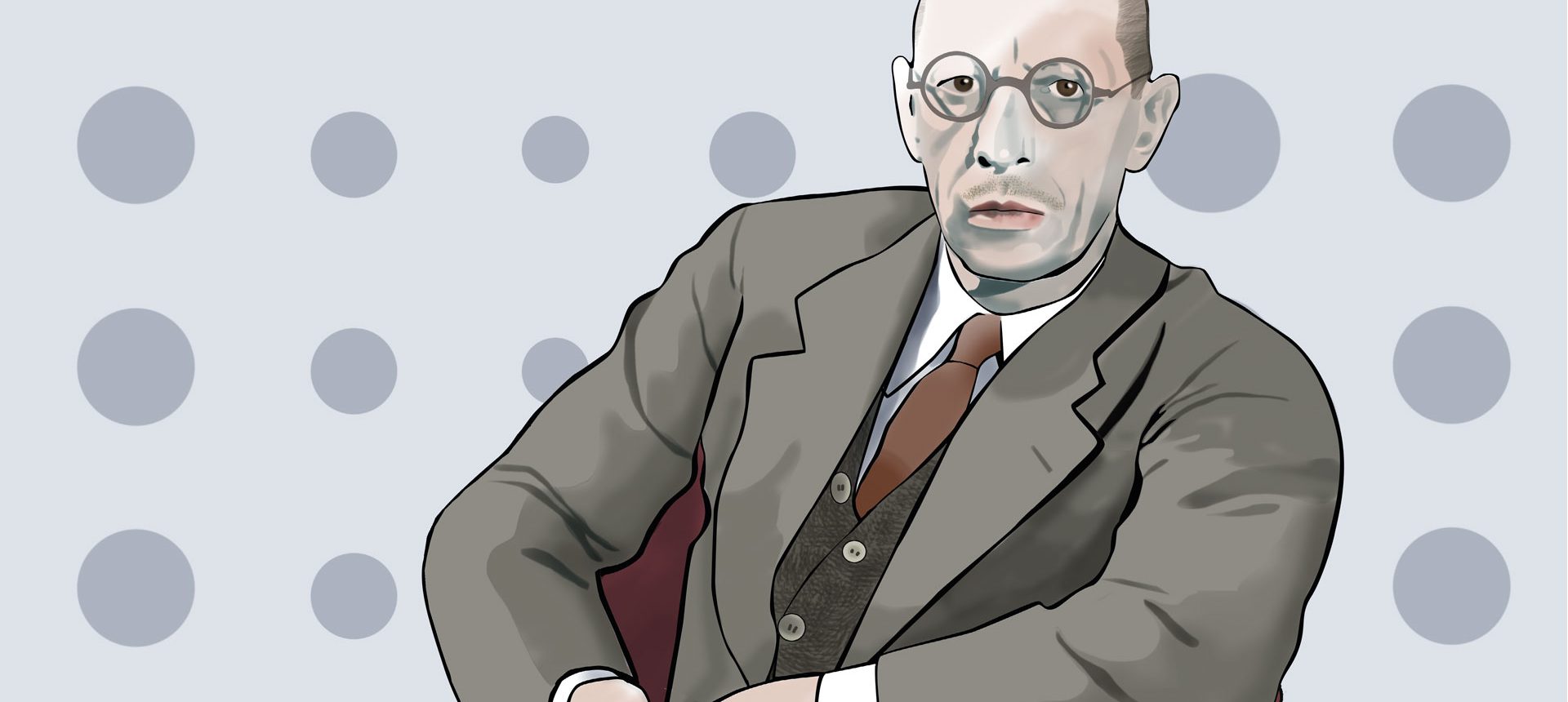Say Igor Stravinsky and many people think of The Rite of Spring. The revolutionary music of 1913 turned an entire musical world on its head. Just like several of his most famous works, The Rite of Spring was written as a ballet. Today, more people have listened to orchestral versions than have seen ballet performances with Stravinsky’s music, but it is not difficult to get images: drama, lust, comedy, tragedy, duels and mischief – it is all there.
In Petrushka, a ballet about a puppet theater in carnival times, the orchestra sounds like an entire circus. Each instrument group has a display number, but never at the expense of the whole. At the bottom there is always the common sound, the saturated tonal language that waves forward, towards the future.
In many ways, Igor Stravinsky is the perfect representative of the 20th century. Not only did his modern tonality have the same significance for his century as Mozart had for his. He was also influenced by politics and war, and an artist who understood the importance of originality.
“I decided who I wanted to be – and that’s who I am,” as his famous friend Coco Chanel said.
More about Igor Stravinsky
Raised in Saint Petersburg, he became a good pianist early on, but began his career by studying law. After the first Russian revolution in 1905, he began studying composition with Nikolai Rimsky-Korsakov. They became close friends. The ballet The Firebird, based on a Russian folk tale, became Stravinsky’s international breakthrough and was commissioned for the Ballets Russes in Paris in 1910.
The work would open many doors. In close succession came Petrushka, The Rite of Spring and Pulcinella. When Igor Stravinsky eventually settled in Paris, he became part of the flamboyant elite around fashion designer Coco Chanel. They are said to have had a great influence on each other’s work and their alleged love affair is depicted in the film Coco Chanel & Igor Stravinsky from 2009. After many successful years in Paris, World War II broke out, forcing Igor Stravinsky to move to the United States.

As a well-known profile, he settled in California in 1940 with his second wife, dancer Vera de Bosset. He became an American citizen and his English spelling of the surname has since been standard.
The tumult that erupted at the Théâtre des Champs Élysées at the premiere of The Rite of Spring in 1913 is legendary. Where was the shock? Partly in the primitive theme, with scenes from “pagan Russia” that explore man and nature through rituals and ultimately human sacrifice. Partly the complex music, which Stravinsky achieves through extreme instrumental ranges, special playing techniques and changing combinations. “Les Augures printaniers” begins with a crunchy bitonal sound relentlessly hammered in a 2/4 rhythm with unpredictably shifting accents.
Throughout his career, Igor Stravinsky would remain an intelligent scoundrel who teased critics and audiences alike. He loved writing arrangements of famous songs, such as Happy Birthday, and dedicated music either to his friends or celebrities. He was investigated by the police in the United States after using a new chord, including a major seventh, in the American national anthem!
In addition to the famous ballets, there is a rich orchestral production, where many works move within the neoclassical style, such as the Symphony of Psalms, the oratorio Oedipus Rex and the popular opera The Rake’s Progress. From the mid-1950s, Stravinsky devoted himself to twelve-tone technique in works such as Aldous Huxley in Memoriam and Requiem Canticles. He composed until his death in April 1971.
When the American space probes Voyager 1 and 2 were about to be launched in 1977, NASA made an effort to collect samples of the best music that planet Earth had to offer. Classical tracks from Bach, Beethoven, Mozart – as well as Stravinsky’s Spring Sacrifice – were engraved on two gold discs.
Both probes have now left our solar system and are traveling deeper and deeper into the universe. Let’s hope the interstellar receivers understand the message of beauty sent by Earth as a greeting.
Listen to his music
Let the playlist tempt you with the very best of Stravinsky!

The composers behind the most famous masterpieces
Take the opportunity to get to know some of the composers behind the most famous classical masterpieces and listen to their music. Maybe it will be the start of a lifelong friendship.

